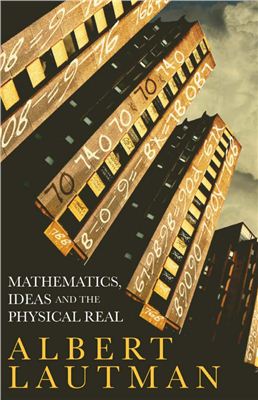Continuum, 2011. - 352 pages.
Albert Lautman (1908-1944) was a French philosopher of mathematics whose work played a crucial role in the history of contemporary French philosophy. His ideas have had an enormous influence on key contemporary thinkers including Gilles Deleuze and Alain Badiou, for whom he is a major touchstone in the development of their own engagements with mathematics. Mathematics, Ideas and the Physical Real presents the first English translation of Lautman’s published works between 1933 and his death in 1944. Rather than being preoccupied with the relation of mathematics to logic or with the problems of foundation, which have dominated philosophical reflection on mathematics, Lautman undertakes to develop an understanding of the broader structure of mathematics and its evolution. The two powerful ideas that are constants throughout his work, and which have dominated subsequent developments in mathematics, are the concept of mathematical structure and the idea of the essential unity underlying the apparent multiplicity of mathematical disciplines. This collection of his major writings offers readers a much-needed insight into his influence on the development of mathematics and philosophy.
Albert Lautman (1908-1944) was a French philosopher of mathematics whose work played a crucial role in the history of contemporary French philosophy. His ideas have had an enormous influence on key contemporary thinkers including Gilles Deleuze and Alain Badiou, for whom he is a major touchstone in the development of their own engagements with mathematics. Mathematics, Ideas and the Physical Real presents the first English translation of Lautman’s published works between 1933 and his death in 1944. Rather than being preoccupied with the relation of mathematics to logic or with the problems of foundation, which have dominated philosophical reflection on mathematics, Lautman undertakes to develop an understanding of the broader structure of mathematics and its evolution. The two powerful ideas that are constants throughout his work, and which have dominated subsequent developments in mathematics, are the concept of mathematical structure and the idea of the essential unity underlying the apparent multiplicity of mathematical disciplines. This collection of his major writings offers readers a much-needed insight into his influence on the development of mathematics and philosophy.

